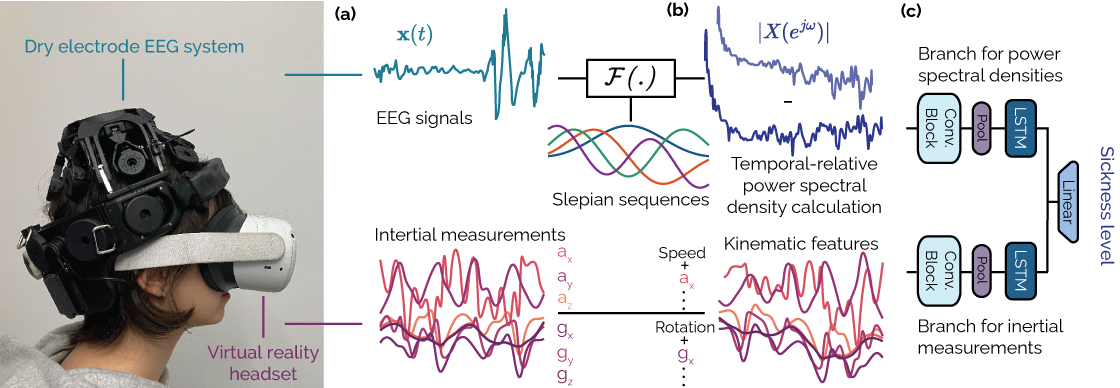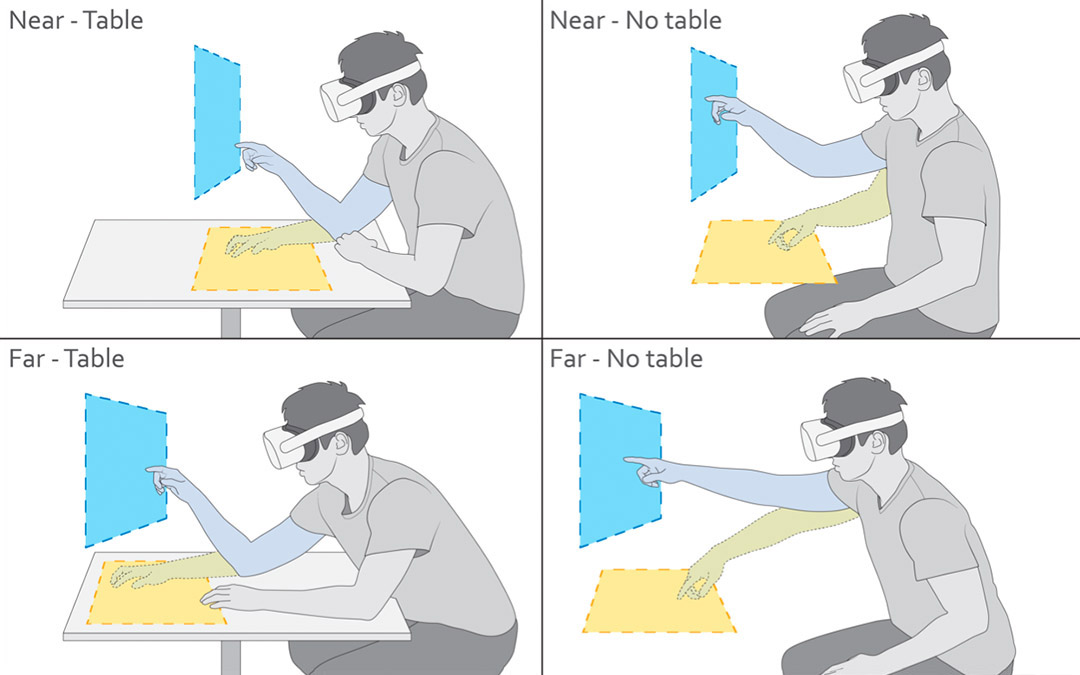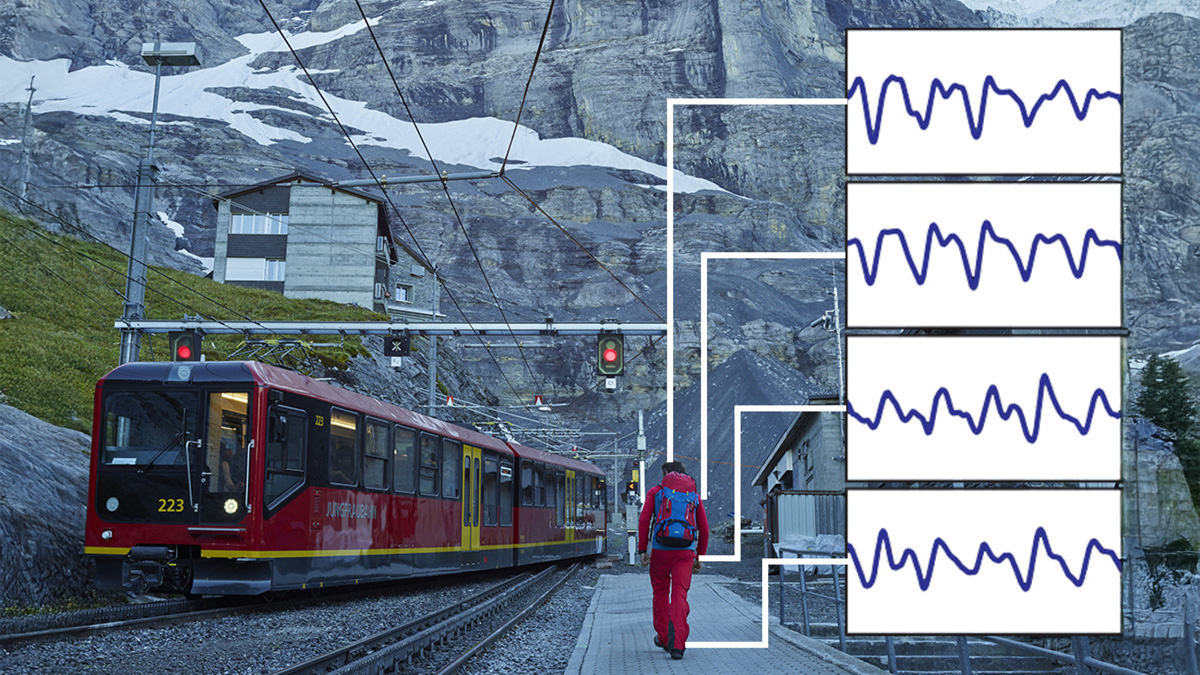On the Effect of Size and Contrast of the SSVEP Visual Stimuations on Classification Accuracy and User-Friendliness in Virtual Reality
IEEE BCI 2023Abstract
SSVEP-based Brain-Computer Interfaces are amongst the most promising BCIs in terms of speed and accuracy. However, despite significant effort from the community in order to make them more practical and user friendly, they remain particularly annoying to use. In this paper, we investigate the effect of the size and contrast of the SSVEP visual stimulations on both of the classification accuracy and the annoyance of the interface, with the global aim to find a trade-off between performance and user-friendliness. We conducted a user study on twelve (12) participants in order to evaluate the joint effect of different stimulation sizes and contrasts on the SSVEP classification accuracy in a Virtual Reality context. The results of this experiment suggest that the size of the stimulation has a significant impact on both of the classification accuracy, below a certain threshold, and on the perceived annoyance. No effect of the contrast was however found neither on the classification accuracy nor on the perceived annoyance, suggesting that it is still possible to accurately operate SSVEP-based BCIs using lower contrast stimulation.
Reference
Hakim Si-Mohammed, Christian Holz, Andrew Wilson, Hannes Gamper, Adrian KC Lee, Dimitra Emmanouilidou, Edward Cutrell, and Ivan Tashev. On the Effect of Size and Contrast of the SSVEP Visual Stimuations on Classification Accuracy and User-Friendliness in Virtual Reality. In International Winter Conference on Brain-Computer Interface 2023 (IEEE BCI).





